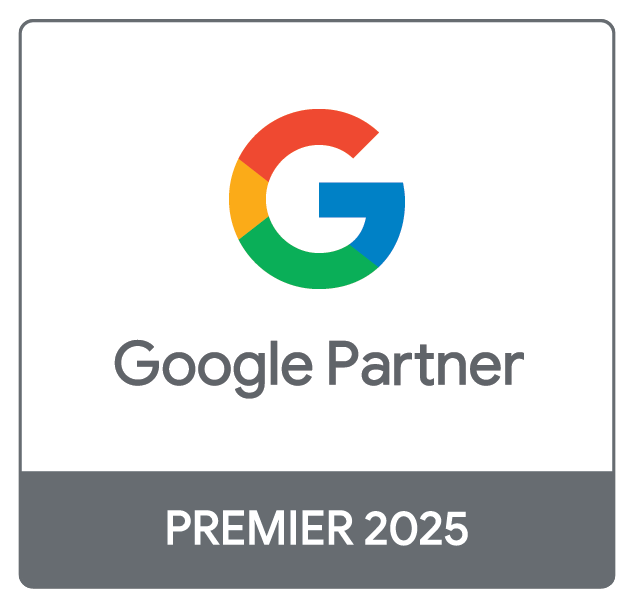There’s no denying that artificial intelligence (AI) has become a major development in the last few years. In fact, the UK has become the third-largest AI market in the world, and almost half of SMEs have adopted some kind of AI into their operations.
With Google recently unveiling its AI Overview in place of the traditional featured snippet, it’s clear that digital marketers in particular are going to need to learn how to navigate this burgeoning technology. And, there is perhaps no discipline that impacts more than copywriters.
As a result, the copywriters here at Adtrak have recently embarked on Google’s AI Essentials course to learn more about how we can utilise artificial intelligence as well as the challenges we need to be aware of.
Here’s what we learned.
The opportunities of AI for copywriters
Perhaps unsurprisingly, many professional copywriters look at AI with a mixture of scepticism and apprehension. After all, it’s hard to perceive being able to splurge out thousands of words of copy in a matter of seconds being anything more than an existential threat, at least on the surface.
But ChatGPT and the like are here to stay, so let’s first focus on the opportunities the technology presents.
Productivity
Making time-consuming tasks more efficient is arguably the biggest advantage of AI. Google’s course identified how the technology can improve productivity by helping businesses to write reports, craft job advertisements and create product names or slogans.
For copywriters, it can help make us more productive by creating article structures and summarising key information, allowing us to focus on the best bit - the actual writing.
Research
Research is one of the most important aspects of copywriting, especially when writing about topics we are less familiar with. Usually, this process would involve googling the subject and reading through content to get an understanding of the topic. Instead, AI can summarise the key points for us - making it easier to know what important information needs to be included. However, facts need to be checked as AI is still prone to ‘hallucinations’ (more on this later).
Enhance the creative process
According to the Google course, AI is designed to help everyone streamline processes and boost efficiency. For copywriters, this gives us the opportunity to focus more on the creative process. For example, rather than spending hours researching a topic, we can get right down to crafting the content. It can also minimise more monotonous administrative tasks and allow us more room for creative ones.
Risks of AI for copywriters
Now, let’s take a look at some of the risks that copywriters potentially face when using AI:
Harms
Perhaps the biggest risk that springs to mind is the real-world harm that AI can cause. As mentioned earlier, the current iteration of artificial intelligence is still prone to hallucination. This essentially means it sometimes presents false information. If this information is taken in good faith and the writer does not fact-check it, readers may make decisions in the real world that result in harm. For example, if you’re quoting incorrect information on health and safety guidance. With this in mind, all facts provided by AI should be carefully checked to ensure they are accurate.
Bias
All humans have natural biases, and one danger of AI is that it reinforces this. Everyone who uses AI systems, like ChatGPT, will interact with them slightly differently, and if even the smallest bias is inputted, it could prejudice the results.
Furthermore, because AI is trained using data, it is only as good as the data it receives. Systematic bias is a common problem in data sets, so it’s important to constructively critique any results the systems provide us with before using them in content.
Knowledge cutoffs
Most AI systems still have a knowledge cutoff, and while they can search the web in real time, their in-built intelligence may be out of date. Again, this means that some of the information they provide may not be accurate. Therefore, using information directly from AI without verifying it first could result in incorrect facts being included in the content.
So, how can we embrace the opportunity without falling foul of the threats? Google’s course identified three key areas of focus:
Keeping humans in the loop
Undoubtedly, the biggest worry about AI for copywriters, as well as a range of other professions, is that the machine will one day replace the human. While we’re right to be wary of this, the course actually reinforced the importance of keeping humans in the loop while using artificial intelligence.
Blending human creativity and natural emotion with AI’s efficiency is considered to be the most effective way to use these tools. Without the human touch, AI produces cold, robotic results that have less value and no context.
Effective prompting
Harnessing the power of effective prompting is arguably the most important thing copywriters can do to receive the most relevant output. Crafting clear, goal-oriented prompts as opposed to vague, one-dimensional instructions can enrich the results and see AI become an extension of our creative process - helping us to save time and enhance our writing.
AI innovation
The capabilities of AI systems are constantly evolving, with new tools, advanced features and a deeper knowledge bank being added all the time. With this in mind, making sure we’re staying up to date with emerging tools and best practices is extremely important to ensure we are using AI in the most effective and productive way possible.
AI presents both challenges and opportunities for copywriters, but it is something that is here to stay. As copywriters, we need to see AI more as a tool rather than a threat and when used well, it can help us be more creative and efficient. The advantage we have over this technology is our emotional intelligence and natural creativity that machines cannot replicate, so by prompting effectively and fact-checking properly, we can keep humans in the loop and sharpen our role rather than lose it.
Sources
https://www.gov.uk/government/publications/ai-opportunities-action-plan/ai-opportunities-action-plan
https://profiletree.com/ai-adoption-rates-in-uk-smes-2025-survey-insights/
